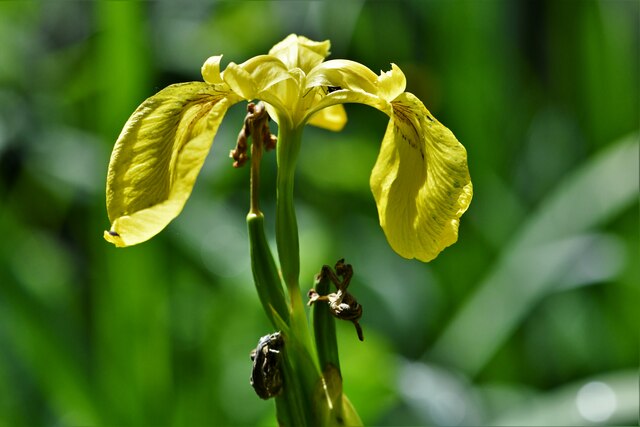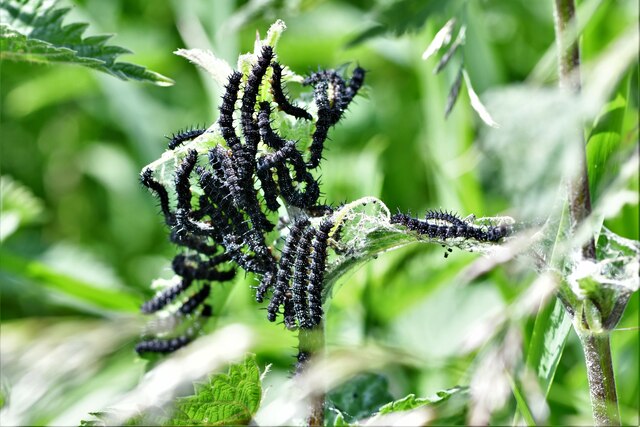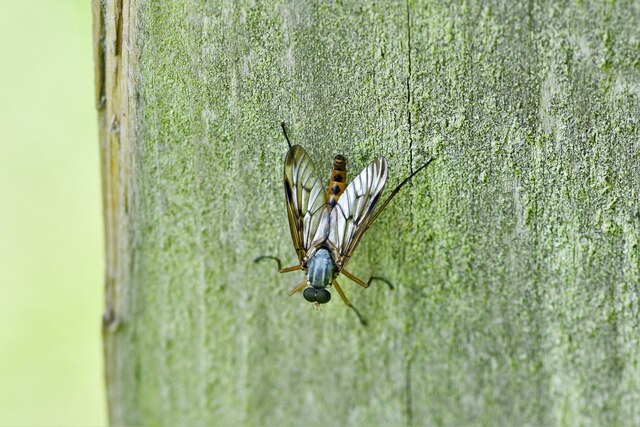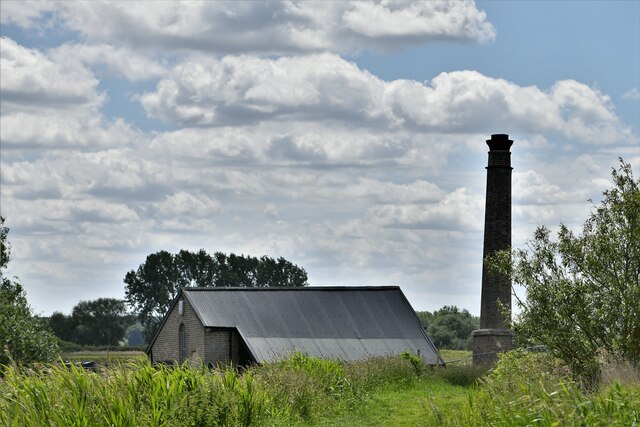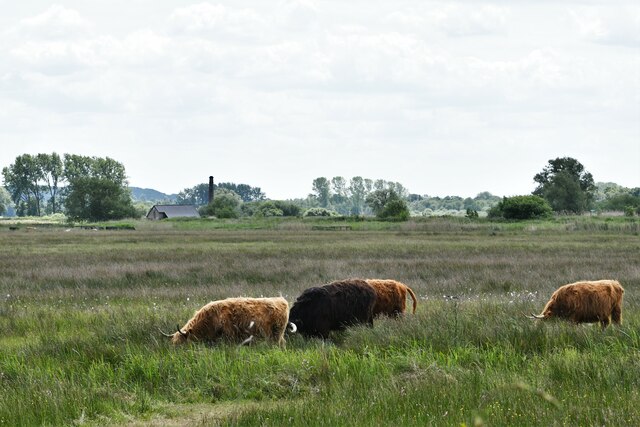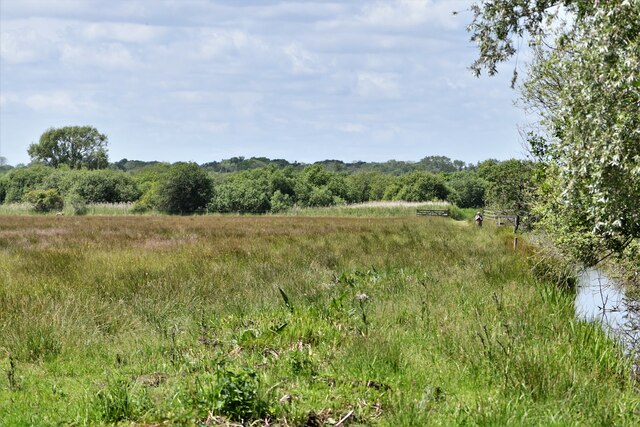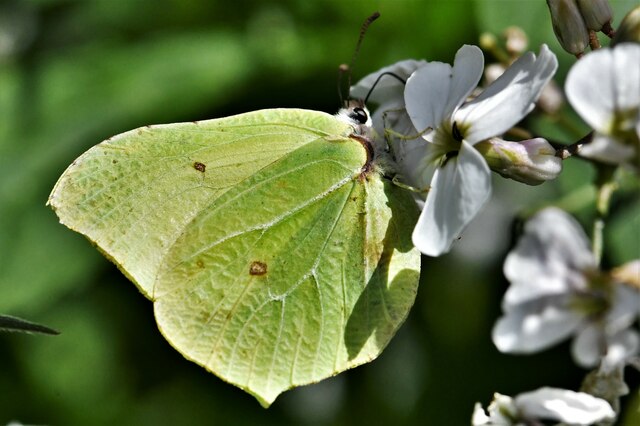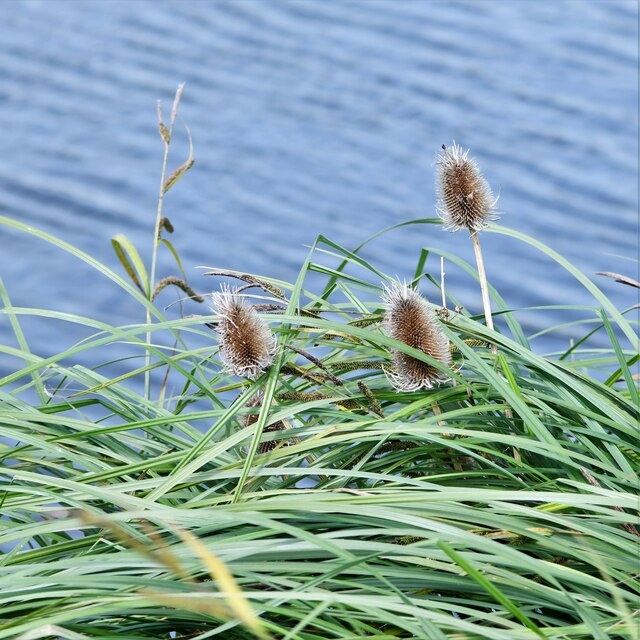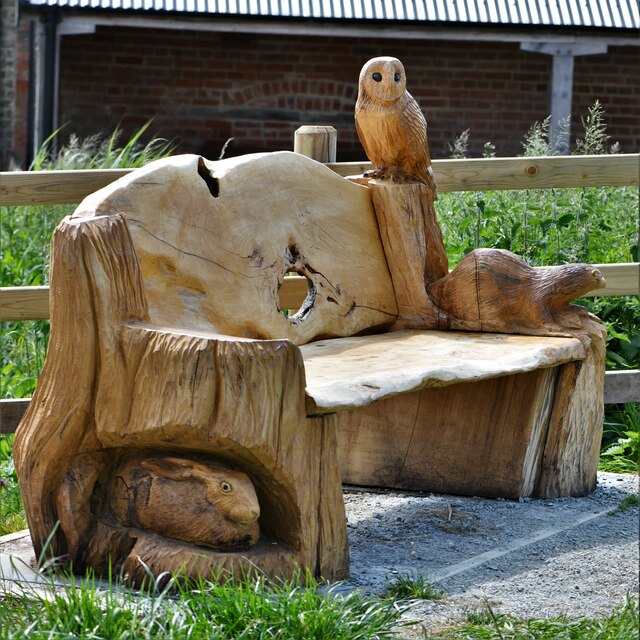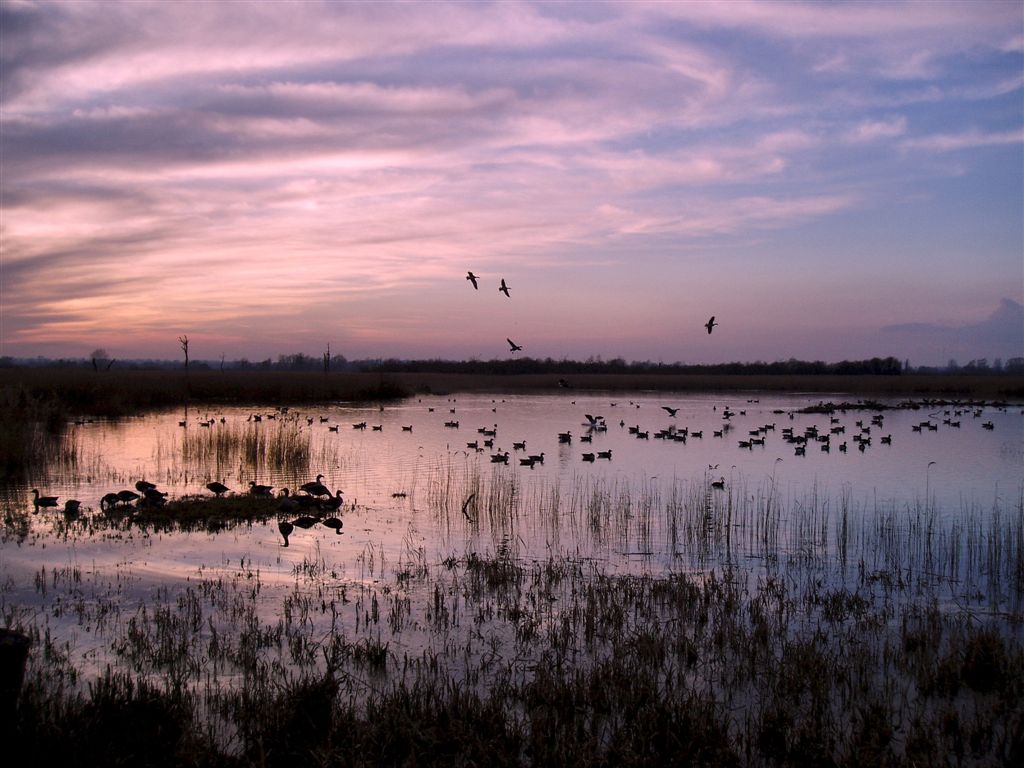Fen Channel
Lake, Pool, Pond, Freshwater Marsh in Norfolk South Norfolk
England
Fen Channel

The requested URL returned error: 429 Too Many Requests
If you have any feedback on the listing, please let us know in the comments section below.
Fen Channel Images
Images are sourced within 2km of 52.596616/1.4387909 or Grid Reference TG3205. Thanks to Geograph Open Source API. All images are credited.
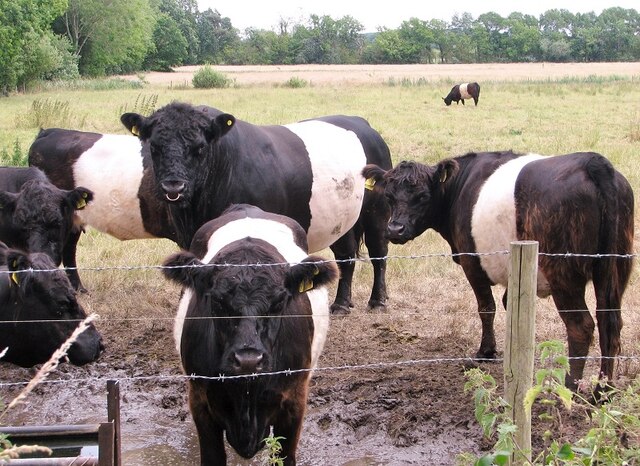
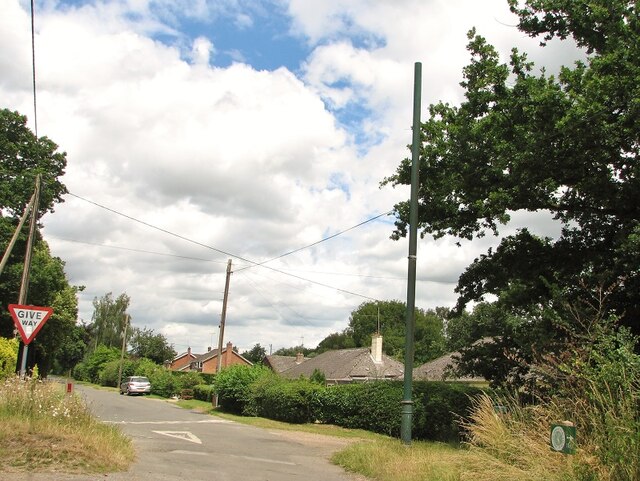
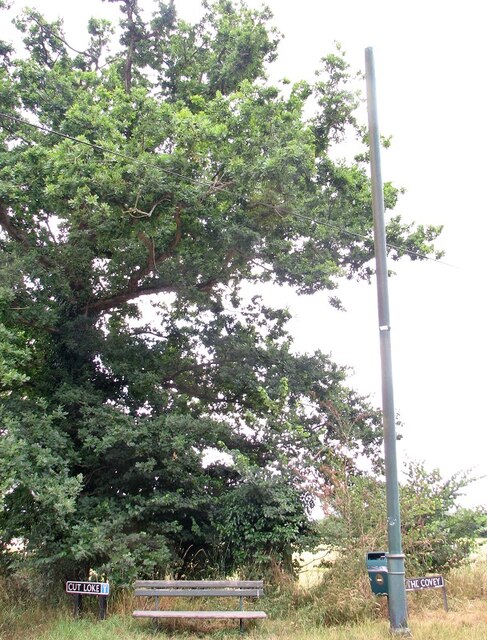
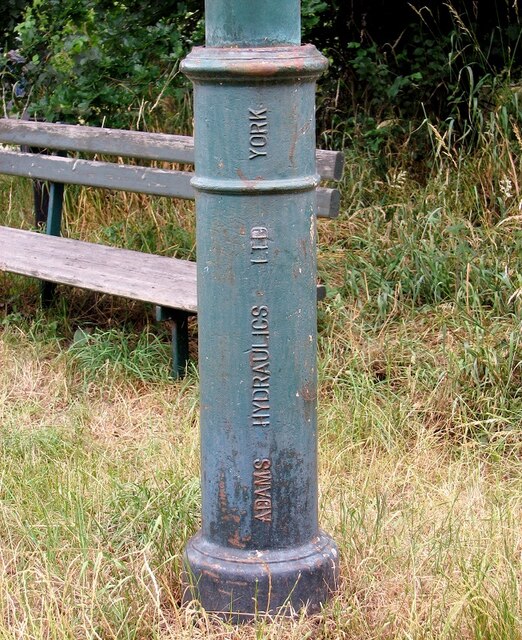
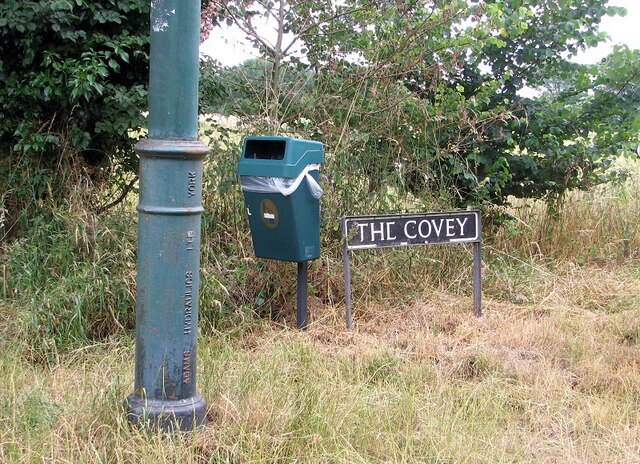
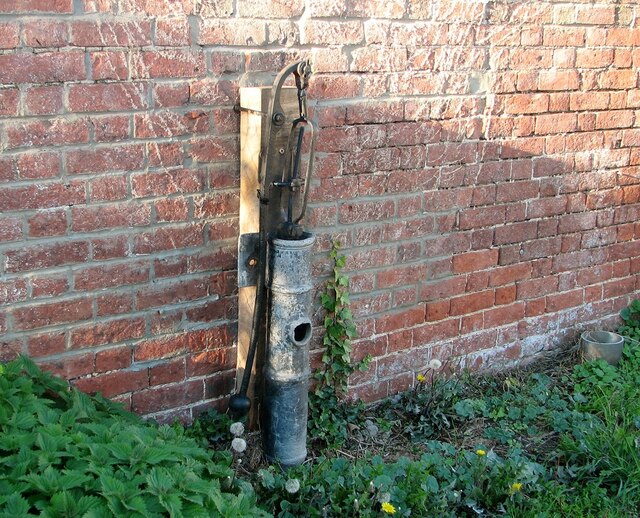
Fen Channel is located at Grid Ref: TG3205 (Lat: 52.596616, Lng: 1.4387909)
Administrative County: Norfolk
District: South Norfolk
Police Authority: Norfolk
What 3 Words
///creatures.clinked.acquaint. Near Brundall, Norfolk
Nearby Locations
Related Wikis
Rockland Broad
Rockland Broad is an area of open water, known as a broad, located north east of the village of Rockland St. Mary in the English county of Norfolk. The...
Yare Broads and Marshes
Yare Broads and Marshes is a 744.5-hectare (1,840-acre) biological Site of Special Scientific Interest east of Norwich in Norfolk, England. Part of the...
Lesingham House
Lesingham House is a country house in Surlingham, Norfolk, England, part of which was supposedly built in 1655. == History == Lesingham House was supposedly...
Strumpshaw Fen RSPB reserve
Strumpshaw Fen is a nature reserve managed by the Royal Society for the Protection of Birds (RSPB). It is situated at Strumpshaw on the River Yare in the...
Nearby Amenities
Located within 500m of 52.596616,1.4387909Have you been to Fen Channel?
Leave your review of Fen Channel below (or comments, questions and feedback).
